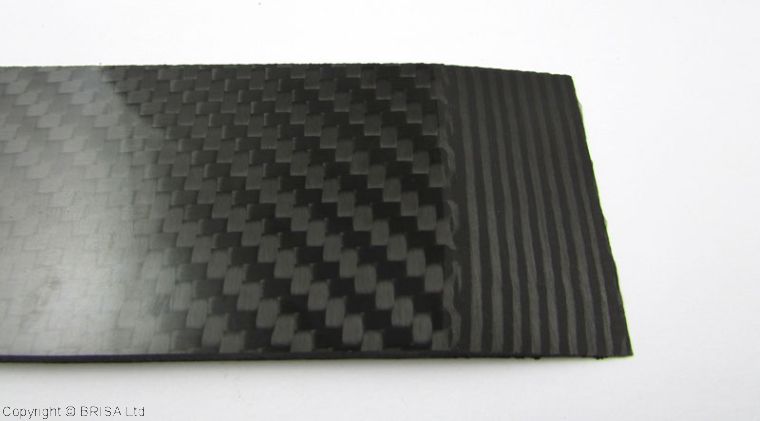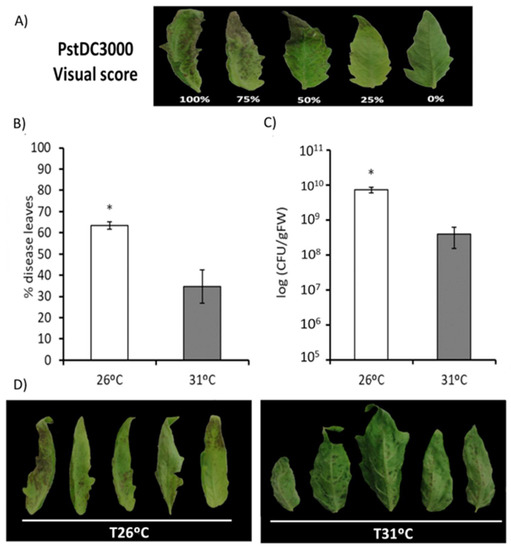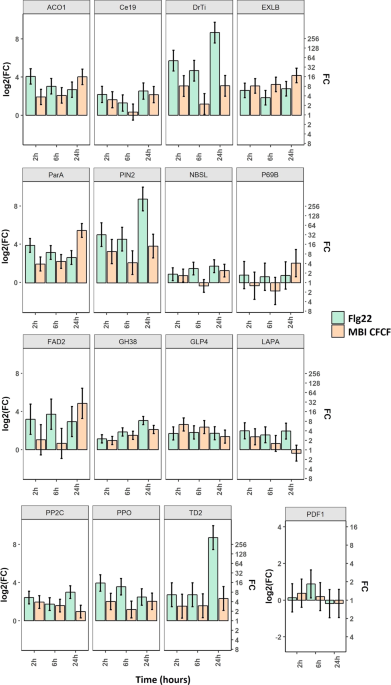Candidatus Phytoplasma solani' interferes with the distribution
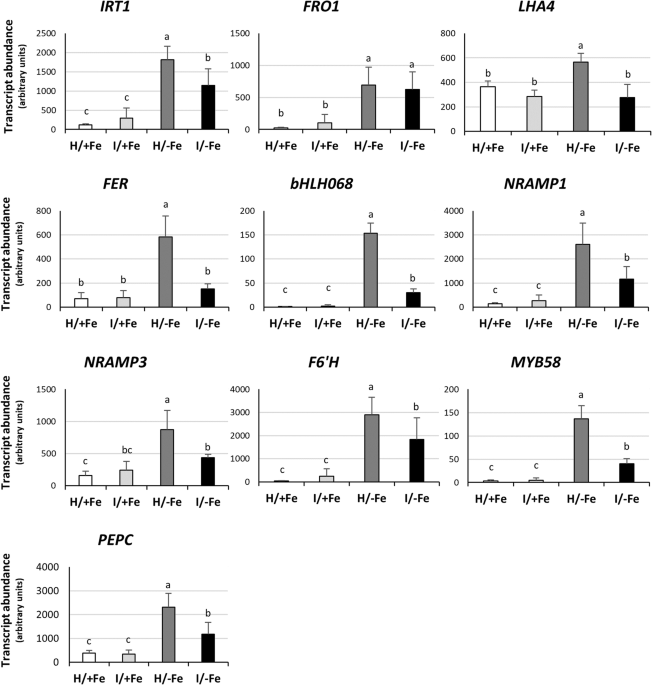
Background ‘Candidatus Phytoplasma solani’ is endemic in Europe and infects a wide range of weeds and cultivated plants. Phytoplasmas are prokaryotic plant pathogens that colonize the sieve elements of their host plant, causing severe alterations in phloem function and impairment of assimilate translocation. Typical symptoms of infected plants include yellowing of leaves or shoots, leaf curling, and general stunting, but the molecular mechanisms underlying most of the reported changes remain largely enigmatic. To infer a possible involvement of Fe in the host-phytoplasma interaction, we investigated the effects of ‘Candidatus Phytoplasma solani’ infection on tomato plants (Solanum lycopersicum cv. Micro-Tom) grown under different Fe regimes. Results Both phytoplasma infection and Fe starvation led to the development of chlorotic leaves and altered thylakoid organization. In infected plants, Fe accumulated in phloem tissue, altering the local distribution of Fe. In infected plants, Fe starvation had additive effects on chlorophyll content and leaf chlorosis, suggesting that the two conditions affected the phenotypic readout via separate routes. To gain insights into the transcriptional response to phytoplasma infection, or Fe deficiency, transcriptome profiling was performed on midrib-enriched leaves. RNA-seq analysis revealed that both stress conditions altered the expression of a large (> 800) subset of common genes involved in photosynthetic light reactions, porphyrin / chlorophyll metabolism, and in flowering control. In Fe-deficient plants, phytoplasma infection perturbed the Fe deficiency response in roots, possibly by interference with the synthesis or transport of a promotive signal transmitted from the leaves to the roots. Conclusions ‘Candidatus Phytoplasma solani’ infection changes the Fe distribution in tomato leaves, affects the photosynthetic machinery and perturbs the orchestration of root-mediated transport processes by compromising shoot-to-root communication.

Detection of 'Candidatus Phytoplasma solani' in roots from Bois noir symptomatic and recovered grapevines

PDF) Signaling Cross-Talk between Salicylic and Gentisic Acid in the ' Candidatus Phytoplasma Solani' Interaction with Sangiovese Vines

Molecular Typing of 'Candidatus Phytoplasma solani' in Iranian Vineyards
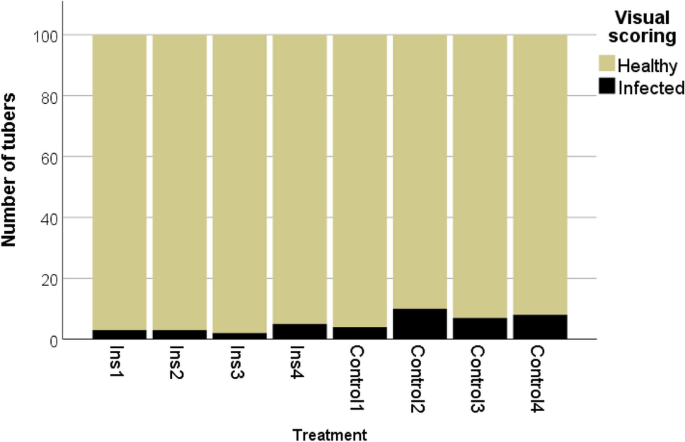
Effects of insecticides and repellents on the spread of 'Candidatus Phytoplasma solani' under laboratory and field conditions

PDF) Differential Response of Grapevine to Infection with 'Candidatus Phytoplasma solani' in Early and Late Growing Season Through Complex Regulation of mRNA and Small RNA Transcriptomes
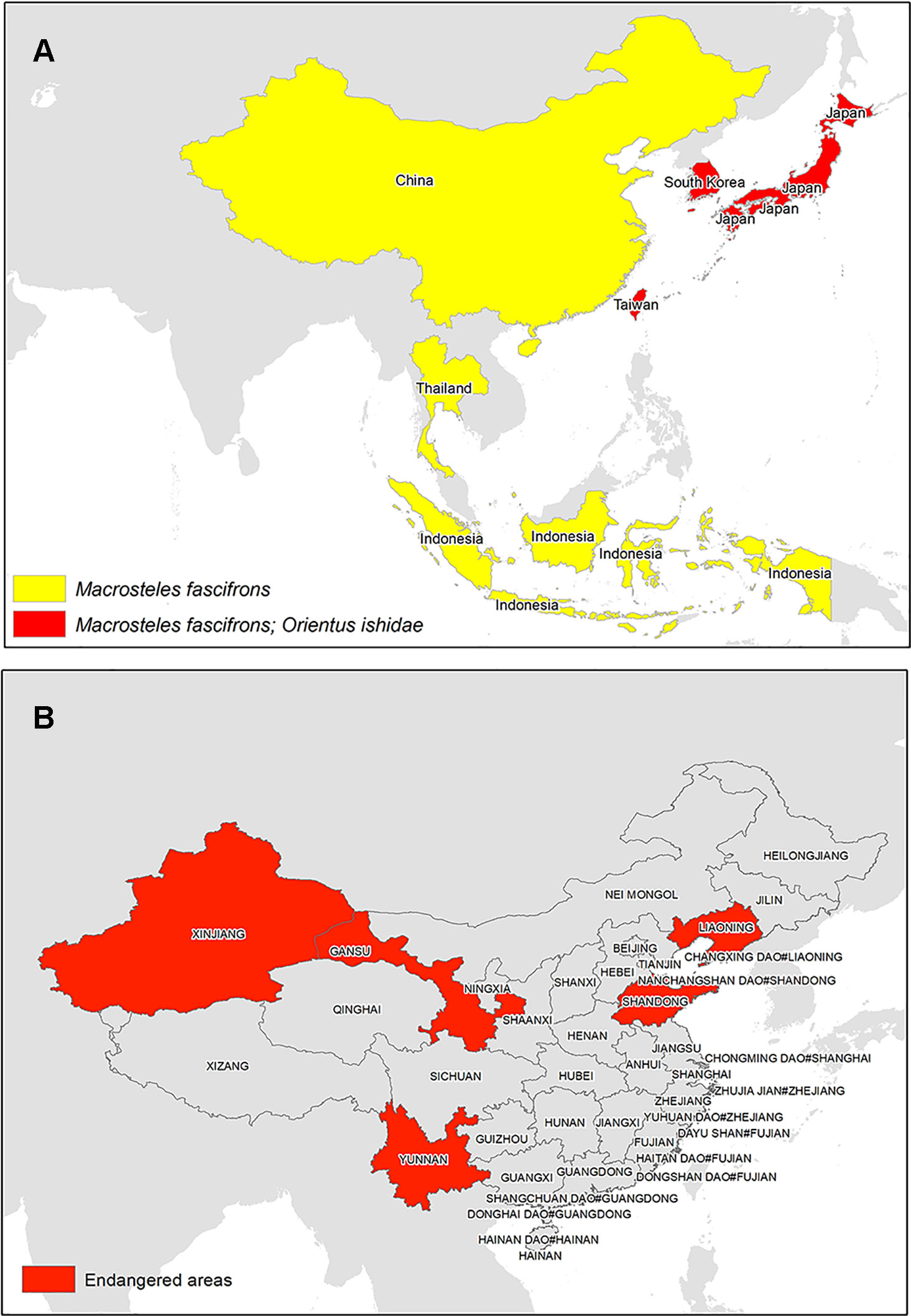
Frontiers The Distribution of Phytoplasmas in South and East Asia: An Emerging Threat to Grapevine Cultivation

Candidatus Phytoplasma trifolii (clover proliferation phytoplasma)

Effects of insecticides and repellents on the spread of 'Candidatus Phytoplasma solani' under laboratory and field conditions

Candidatus Phytoplasma solani' interferes with the distribution and uptake of iron in tomato, BMC Genomics
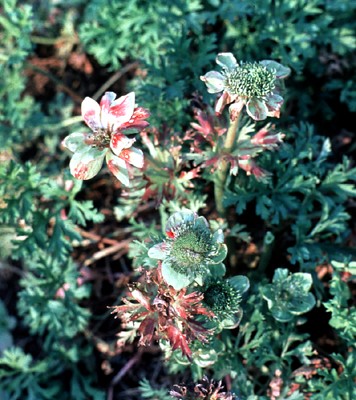
Plantwise Knowledge Bank
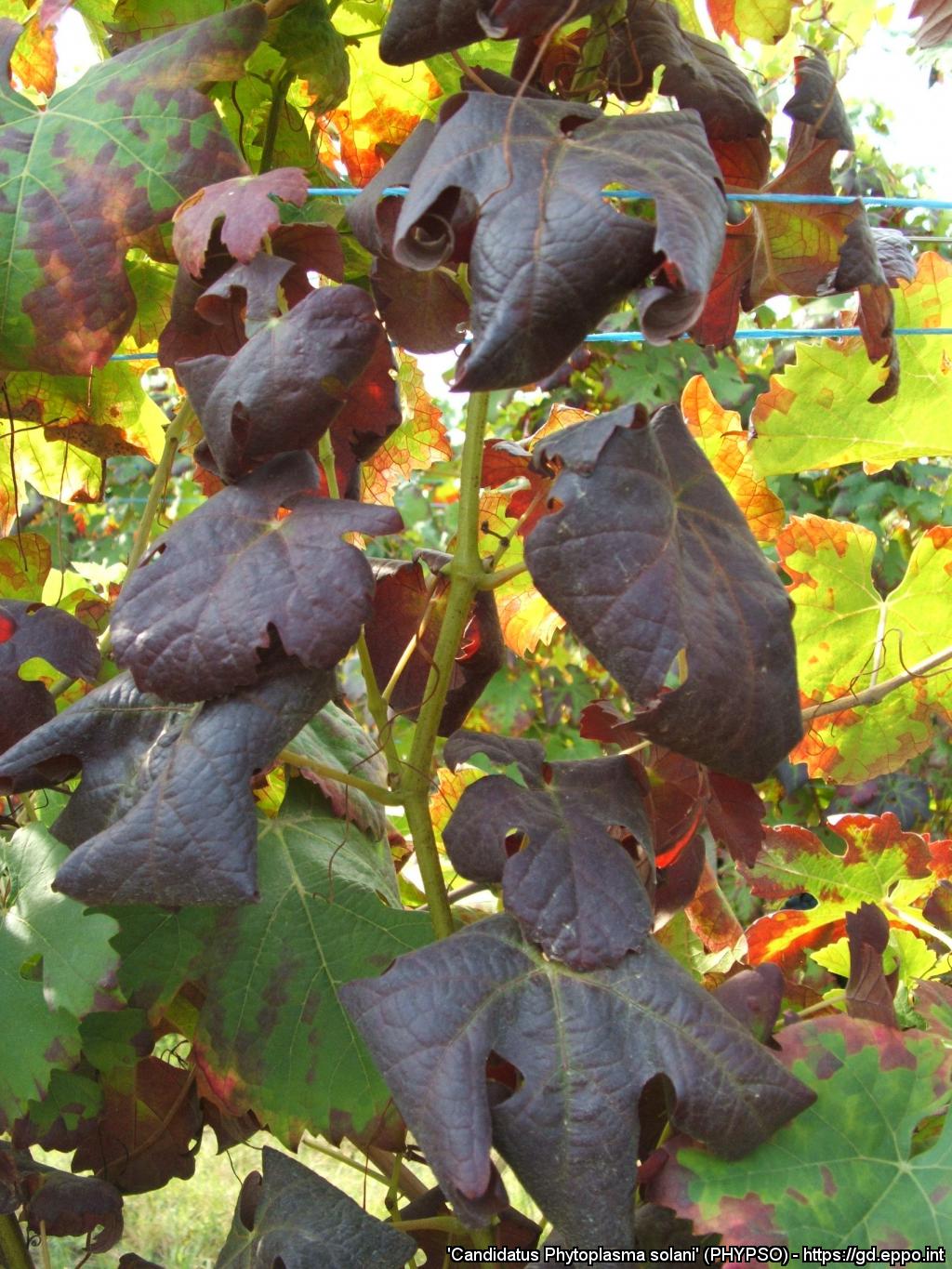
Candidatus Phytoplasma solani' (PHYPSO)[Photos]

Diversity, Distribution, and Current Status

Candidatus Phytoplasma trifolii (clover proliferation phytoplasma)
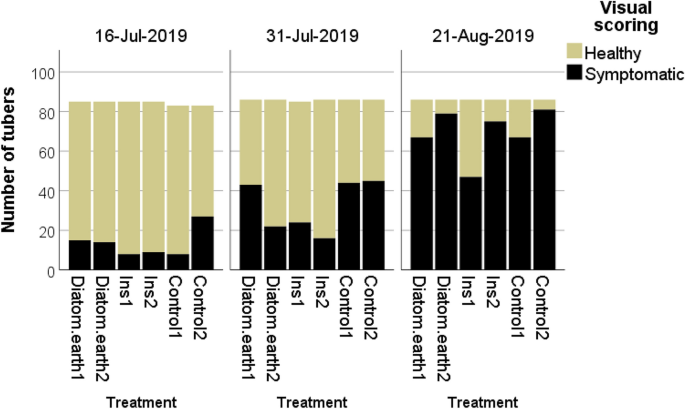
Effects of insecticides and repellents on the spread of 'Candidatus Phytoplasma solani' under laboratory and field conditions

Geographical distribution of fruit trees and psyllids infected by

